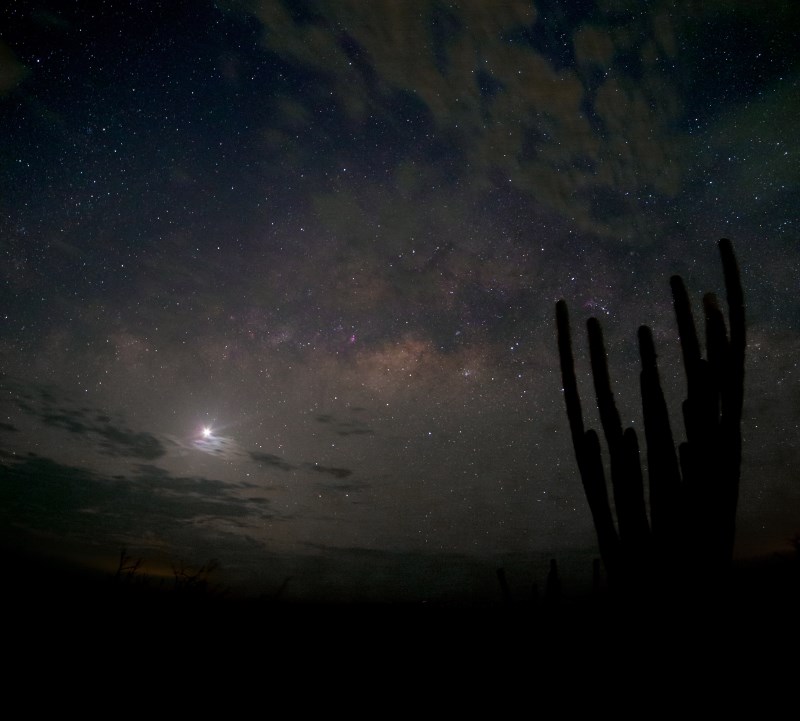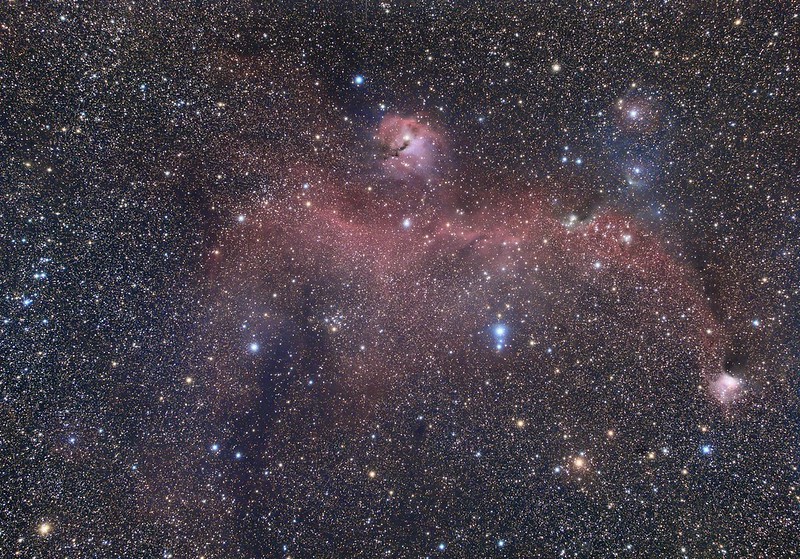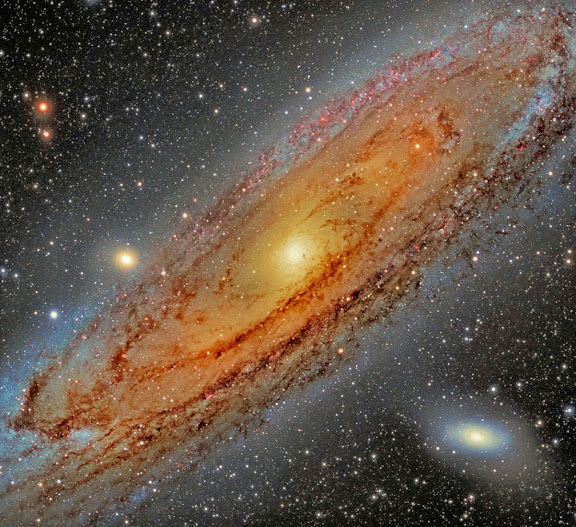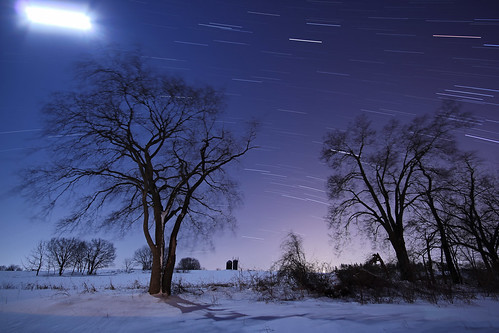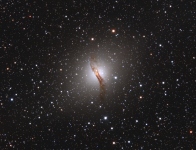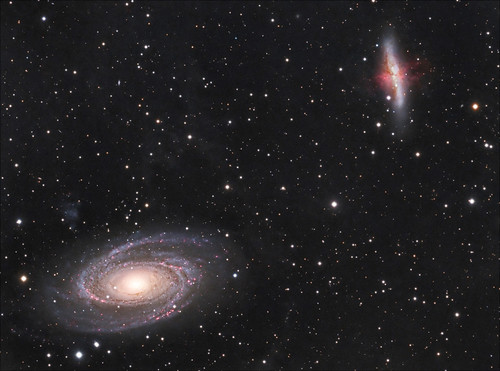NGC 3576/3603 - The Statue of Liberty Nebula
http://www.rolfolsenastrophotography.com
Copyright: Rolf Wahl Olsen
Link to full resolution image (4.1 MB)
This rich and complex scene shows the glowing clouds of NGC 3576 and NGC3603 in the Southern constellation of Carina.
The large pink nebula on the right is NGC 3576, an impressive looking but relatively close and small nebula in the Sagittarius Arm of our Milky Way galaxy, some 9,000 light years away. On the left is the much more distant and larger NGC 3603, located a further 14,000 light years behind NGC 3576.
NGC 3576 is also known as the Statue of Liberty Nebula because of the striking shape visible in the core. The delicate loops are approximately 100 light years wide and are caused by material being blown outwards by the intense radiation pressure from young stars in the centre of the nebula. Most of these stars are hidden from our view in the bright area at the base of the loops.
The more distant NGC 3603 on the left is noticeably reddened due to obscuring interstellar dust and appears almost deep red in comparison with the un-obscured pink NGC 3576 on the right. NGC3603 is the largest nebula in our galaxy and is classified as a giant HII region. It would appear as a noticeable large reddish glow to observers in other galaxies.
A very bright massive central star cluster can be seen lighting up this nebula, and although these stars are in reality all young and blue they appear yellow to us because of the intervening dust. This effect can be seen in a number of other nebulae, such as the star cluster Pismis 24 in the
Lobster Nebula (NGC 6357).
The cluster contains some of our galaxy's most massive stars. One of these, a mammoth of 60 solar masses named Sher25, appear to have expelled circumstellar shells of material very similar to the rings seen around Supernova 1987A. These were expelled by the progenitor star some time prior to the supernova explosion, which might indicate that Sher25 is a candidate for the next supernova explosion in our galaxy.
The entire area is seen though the incredibly dense star fields of Carina, with numerous condensations and beautiful groupings in and around the nebulae. This iconic Southern constellation which is best known for the enormous Carina Nebula is a real treasure trove of deep sky objects.
Image details:
Date: 1
st, 3
rd, 7
th, 24
th, 27
th, 28
th and 30
th January 2014
Exposure: LRGB: 805:105:95:75 mins, total 18 hours @ -25C
Telescope: 12.5" f/4 Serrurier Truss Newtonian
Camera: QSI 683wsg with Lodestar guider
Filters: Astrodon LRGB E-Series Gen 2
Taken from my observatory in Auckland, New Zealand

